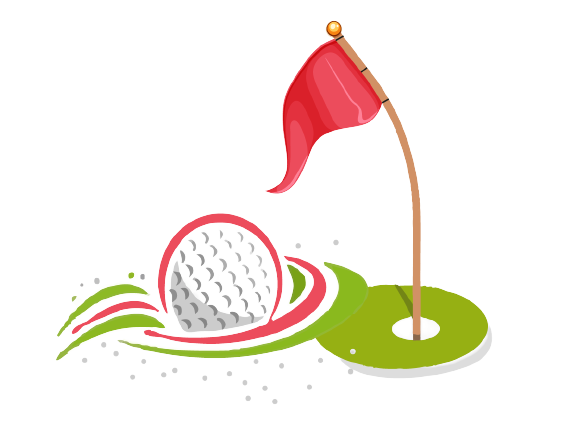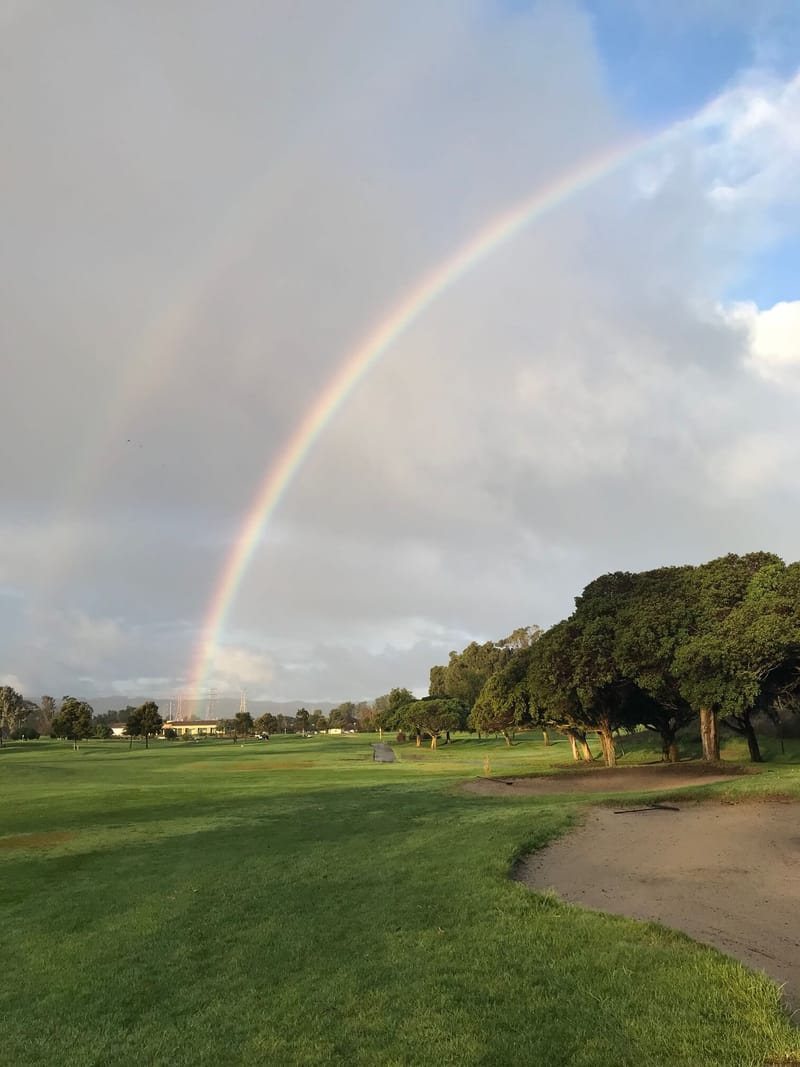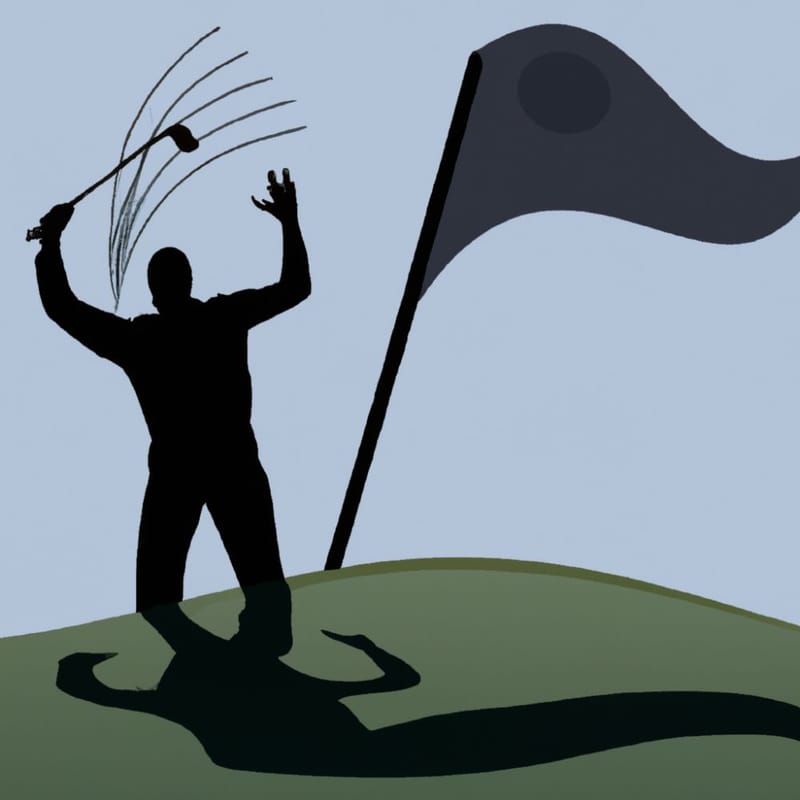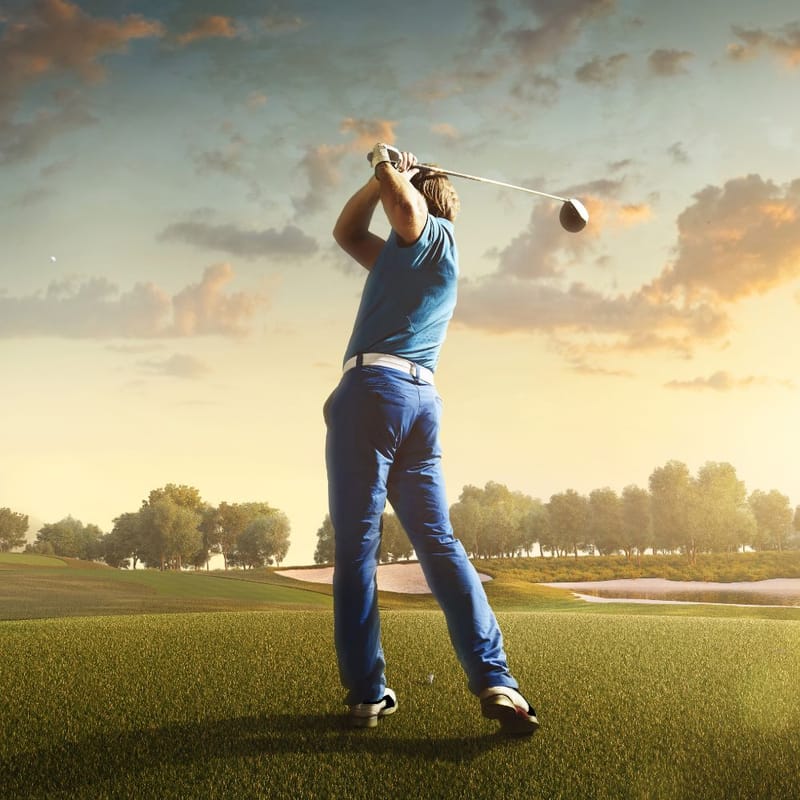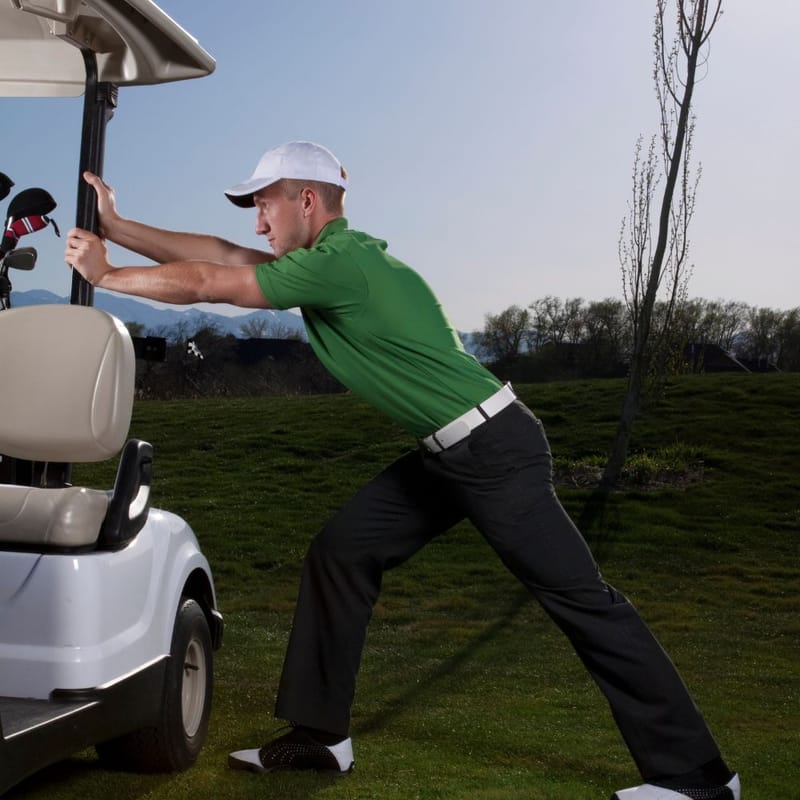Content Summary
What Is Backspin
Backspin is when your ball spins backwards after you apply the right technique to your shot. Not only does it look cool when it hits the green and spins back and then stops but it also helps with ball flight.
The higher your ball moves through the air, the more distance the ball travels, which provides a better chance for your ball to land closer to the hole.
Backspin is an important piece to your overall game and score. Without backspin your ball will land and keep going past where you intended. It's not easy for most amateur's to pull off, so you need to take time to practice it.
Controlling your shot is one aspect of backspin. With the right amount of backspin on the ball, it will hit the area you were aiming for and be less prone to jump around and end up in a difficult spot for your next shot.
How Do You Put Backspin On a Golf Ball
Putting backspin on a golf ball can help you control your shots and improve your golf game. While it may seem like a difficult task, it is actually fairly easy to do with a little practice.
By using the correct technique, you can put backspin on a golf ball with club head speed and improve your game. Just make sure the grooves are your golf clubs are clean and free of debris.
The Basics of Backspin
Backspin is an essential aspect of golf, as it influences the ball's trajectory, distance, and behavior upon landing.
When you impart backspin on the golf ball, it enables better control and helps you achieve your outcome on the green. Let's take a closer look into the basics of backspin and how to achieve it with different clubs.
- Importance of Loft: Loft refers to the angle of the clubface relative to the shaft. As mentioned, a higher loft contributes to a greater spin on the ball. The main reason is that the angle of the clubface helps to "grip" the ball at impact, effectively sliding under the ball and creating lift, which in turn generates spin.
- Club Selection: Different clubs provide varying degrees of loft and are suited for specific situations in a game of golf. A higher-lofted club like a wedge is more suitable for approach shots, bunker shots, and chips, where control and stopping power are crucial. On the other hand, a driver is designed for distance and has a lower loft, which makes it less suitable for generating significant backspin.
- Swing Technique: To create backspin, the you should strike the ball with a steep angle or a descending blow, to ensure that the clubface makes clean contact with the ball before the ground. This can be achieved by positioning the ball slightly back in the stance, maintaining a forward shaft lean, and creating a steeper angle of attack. The resulting friction between the clubface and the ball will produce backspin.
- Ball Position and Contact: For optimal backspin, it is essential to make solid contact with the ball. Ensure that the clubface is clean and free of debris, as this can negatively impact the ball's spin. Additionally, using a softer, multi-layered golf ball can help generate more spin, as these balls have a urethane cover that grips the clubface better during impact.
- Adapting to Course Conditions: Backspin is also influenced by factors such as turf condition, moisture, and wind. For example, wet conditions can decrease backspin due to reduced friction between the clubface and the ball. Wind direction can also play a role; hitting into a headwind can increase backspin, while a tailwind can reduce it. Being aware of these factors and adjusting your strategy accordingly can help you master the art of backspin.
What to Use to Put Backspin on a Golf Ball
Use a wedge
One of the best ways to add backspin to your golf ball is to use a wedge. Wedges are designed to create a lot of spin, so they’re the perfect club for this purpose.
There are several ways to hit a wedge shot, but one of the simplest for amateur's is to use a pitching wedge. To do this, make sure you have a clean lie, set up to your shot and then take a swing using a smooth, controlled motion.
Try to make contact with the ball in the center of the clubface for maximum spin. Clean contact is imperative to create backspin when the ball lands.
If there is grass behind the ball it will negate any chance of backspin because the blades of grass get in between the ball and clubface.
Another way to hit wedge shots is to use a flop shot. This is a high-risk/high-reward shot that can be difficult to master, but it can pay off if you can pull it off consistently. The backspin created with this shot allows for the ball to stop quickly next the hole.
Use Speed to Apply Backspin
The faster you swing (with a controlled motion) the more spin you can apply to a golf ball. Speed helps to generate backspin.
When you see a professional golfer hit golf shots, they use tremendous speed but also with a lot of control. They finish their swing in balance.
If you want to add even more backspin, you can experiment with different types of wedges. There are wedges specifically designed for generating spin, such as lob wedges and cavity-back wedges. Speed helps when hitting out of a sand trap as well.
As mentioned above, another fun golf shot that uses backspin is the flop shot. To hit a flop shot, you need to hit the ball very high in the air and land it close to the hole.
The lob wedge is great for these shots. This shot is often used when there’s something in front of the hole on the golf course that would make a regular shot difficult, such as a bunker or water hazard. You can buy a lob wedge specifically for this purpose or you can lay the club face of a sand wedge open and turn it into a lob wedge.
Driver Backspin
Assuming you want to hit the golf ball with backspin using a driver, the best way to do so is to use a golf club with more loft.
More loft on a driver club head means the face of the club will make more contact with the ball, which in turn will make the ball spin more.
Additionally, you'll want to tee the ball up high so that it's sitting atop the clubface as opposed to in the middle of it.
This will also help create more backspin. Finally, if you have a faster swing speed try using a stiffer shaft; this will ensure that energy is transferred more efficiently from the clubhead to the ball.
Golf Balls
Selecting the right golf ball is an essential aspect of optimizing your game, particularly when it comes to generating backspin.
The construction, material, and compression rating of a golf ball can all impact its spin characteristics, and finding the right combination for your swing is crucial. Let's explore the factors to consider when choosing a golf ball for backspin.
- Swing Speed: Matching the golf ball to your swing speed is important to maximize performance. Golf balls are designed with different swing speeds in mind, and using the right ball can optimize distance, control, and spin. For players with slower swing speeds, a lower compression ball may be more suitable, while faster swingers might benefit from a higher compression ball.
- Compression Rating: Golf balls are rated based on their compression, which indicates how much the ball deforms upon impact with the clubface. Lower compression balls (such as 70 or 80) are softer and deform more easily, while hard core golf balls (like 100) deform less. Try using a ball with a 90 compression rating. This rating is generally better for generating backspin than a harder 100 compression ball, as the softer material allows for more interaction between the ball and the clubface, creating more spin.
- Ball Construction: Golf balls come in various constructions, ranging from one-piece to five-piece designs. Multi-layered balls, such as three-piece or four-piece balls, are better suited for generating backspin. These balls typically feature a soft urethane cover, which offers better grip on the clubface during impact and results in increased spin. Additionally, their construction allows for a combination of distance and control, making them ideal for a wide range of golfers.
- Spin Category: Golf balls are often classified into different spin categories, such as low spin, mid spin, and high spin. Choosing a ball from the appropriate spin loft category based on your swing characteristics can help optimize backspin. High-spin golf balls are designed to provide greater spin off the clubface, which can enhance control around the greens and generate more backspin on approach shots.
- Personal Preference and Skill Level: While technical factors play a significant role in choosing a golf ball, personal preference and skill level should also be considered. Experimenting with different golf balls when playing golf can help you determine which one suits your swing and game the best. Keep in mind that a ball that works well for one golfer might not be the best fit for another, so finding the right golf ball for you is key.
Conclusion
When practice putting backspin on a golf ball it is a skill that can can change your game for the better. While it may take some time to master, it can be a useful tool for controlling your shots.
There are a few different ways to put backspin on golf balls, but the most common is to use a lofted club.
With practice, you should be able to control the amount of backspin you put on the ball, use it to your advantage when you play golf on the course and impress friends with your backspin shots.
Thank you for visiting and we hope to see you back soon!
